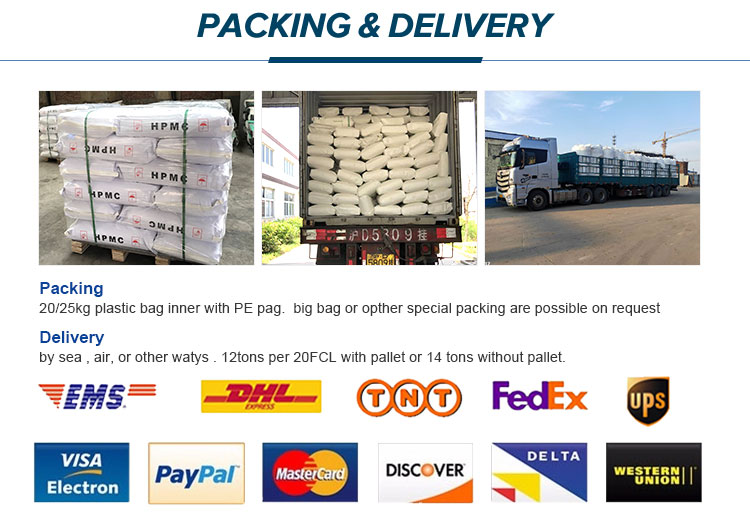HPMC Detergent Grade A Versatile Component for Cleaning Formulations
Hydroxypropyl Methylcellulose (HPMC) is a cellulose derivative that has gained considerable popularity in various industries, particularly in the formulation of detergents. Known for its multifunctional properties, HPMC detergent grade has been widely adopted in the production of both household and industrial cleaning products. This article explores the unique characteristics of HPMC, its applications in detergents, and the benefits it offers to formulators and end-users alike.
Understanding HPMC
HPMC is a non-ionic, water-soluble polymer that is derived from natural cellulose. Through a series of chemical modifications, hydroxyl and methoxy groups are introduced to the cellulose backbone, enhancing its solubility and functional properties. HPMC is available in different grades, with the detergent grade specifically tailored for use in cleaning products. This grade exhibits excellent thickening, binding, and film-forming properties, making it an ideal candidate for formulations requiring improved texture and performance.
Applications in Detergents
One of the primary applications of HPMC detergent grade is in liquid and gel formulations. Its thickening ability allows for the creation of products with desirable viscosities, ensuring that the detergent clings to surfaces for more effective cleaning. Additionally, HPMC serves as a stabilizer, preventing the separation of ingredients and thereby enhancing the shelf life of the product.
In powder detergents, HPMC acts as a binder, helping to agglomerate powdered components and improving the overall feel of the product. This is particularly beneficial in the formulation of laundry detergents, where a smooth and free-flowing powder is desired. HPMC also enhances the dispersion of active ingredients in both liquid and powdered formulations, resulting in improved cleaning efficiency.
hpmc detergent grade

Benefits of Using HPMC in Detergents
The incorporation of HPMC detergent grade into cleaning products offers several advantages. Firstly, it improves the stability and consistency of the formulation. This is crucial for ensuring that the product performs effectively over time and under varying storage conditions.
Moreover, HPMC is biodegradable and environmentally friendly, catering to the growing demand for sustainable cleaning solutions. As consumers become increasingly aware of the ecological impact of their choices, the presence of HPMC in detergents enhances the product's appeal to environmentally conscious buyers.
Another benefit is its compatibility with other ingredients commonly found in cleaning products. HPMC can be blended with various surfactants, enzymes, and fragrances without compromising the integrity or performance of the formulation. This versatility allows formulators to create customized products tailored to specific cleaning needs.
Conclusion
HPMC detergent grade is an invaluable component in the formulation of modern cleaning products. Its multifunctional properties, including thickening, binding, and stabilizing, contribute significantly to the effectiveness and appeal of a wide range of detergents. As the market for eco-friendly and high-performance cleaning solutions continues to grow, the role of HPMC in achieving these goals is increasingly vital. By incorporating HPMC into their products, manufacturers can create effective and sustainable cleaning solutions that meet the needs of consumers and the environment alike.
-
Rdp Powder: Key Considerations for Wholesalers in the Building Materials IndustryNewsJul.08,2025
-
Key Considerations for Wholesalers: Navigating the World of Hpmc - Based ProductsNewsJul.08,2025
-
Hpmc Detergent: Key Considerations for WholesalersNewsJul.08,2025
-
Key Considerations for Wholesalers: China Hpmc For Tile Adhesive, Coating Additives, Concrete Additives, and MoreNewsJul.08,2025
-
Crucial Considerations for Wholesalers: Navigating the World of Construction MaterialsNewsJul.08,2025
-
Key Considerations for Wholesalers Sourcing Additive For Cement, Additive For Concrete, Additive For Putty from Additive Manufacturer Shijiazhuang Gaocheng District Yongfeng Cellulose Co., Ltd.NewsJul.08,2025




